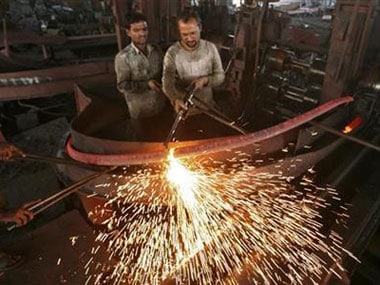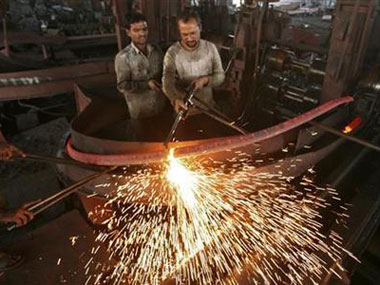Ahead of the general elections this year, the BJP promised a $5 trillion dream for Indians by 2024. Prime Minister Narendra Modi repeated that promise in his speech to the Associated Chambers of Commerce and Industry of India ( ASSOCHAM) on Friday and assured that his government is confident of achieving that target. There are a few reasons why achieving that goal appears to be a hard task. One, for India to reach the $5 trillion economy target, it needs to grow at 9 percent per annum, which is out of the question now. In the second quarter, the Indian economy slowed down further to 4.5 percent from 5 percent in the preceding quarter. The Indian economy is presently growing at a lower rate than the average growth of the last 15 years. There are are no signs of revival both in the domestic market and global trade which means for the full year, India will end up with around 5 percent growth or even below. For the economy to catch up to the $5 trillion target, India will have to double its growth rate in the next few years. Two, for the $5 trillion dream to turn real, the country requires huge investments to give a leg-up to the infrastructure sector. To put an estimate to that, Rs 100 lakh crore over the next five years or an average Rs 20 lakh crore a year. This is a far cry from what is spent on infrastructure currently which is barely one-third of what is estimated. The question is, where will this money come from. India does not have powerful institutions that can fund long-gestation infrastructure projects. Banks do not have enough long-term liabilities to match such loans. Non-banking lenders have gone terribly wrong in the past by not following healthy lending practices. [caption id=“attachment_4188031” align=“alignleft” width=“380”]  Representational image. Reuters[/caption] Three, India’s key growth drivers are manufacturing, services sectors. Both have been doing fairly badly in the recent past on account of a lack of private investments. The government spending has been shouldering growth for a considerably long period now and that alone cannot take the economy to the stated target. A demand slump in the economy has been hitting growth. Consumers stopped spending the way they used to do long back fearing future job losses and the bleak economic scenario. Where are the engines that will push the economy to the $5 trillion target? To unleash the animal spirits in the economy, the first thing the government should do is to get out of business. A government has no business to be in business. If one set aside a series of merger exercises among state-owned entities, the government remains a majority, active participant in several entities including banks, airline, infrastructure firms. It controls 70 percent of the banking industry. This participation has resulted in a lot of money getting stuck in these entities. The government will have to exit these businesses backed by a solid, aggressive disinvestment plan to unlock this money. The government needs to bite the bullet on labour reforms. The absence of it has been a major turn-off for investors looking at setting shop in the country. Even as the prime minister emphasises on the $5 trillion target, international agencies continue to give warning signals to the government about impending growth downgrades. Just this week, IMF chief economist Gita Gopinath said the growth slump in the Indian economy has surprised even those in International Monetary Fund (IMF). Gopinath is certain of a rating downgrade by the IMF for India soon. It’s time the Centre admits that the problem is deep and sets about fixing it.
For India to reach the $5 trillion economy target, it needs to grow at 9 percent per annum, which is out of the question now
Advertisement
End of Article


)
)
)
)
)
)
)
)
)



